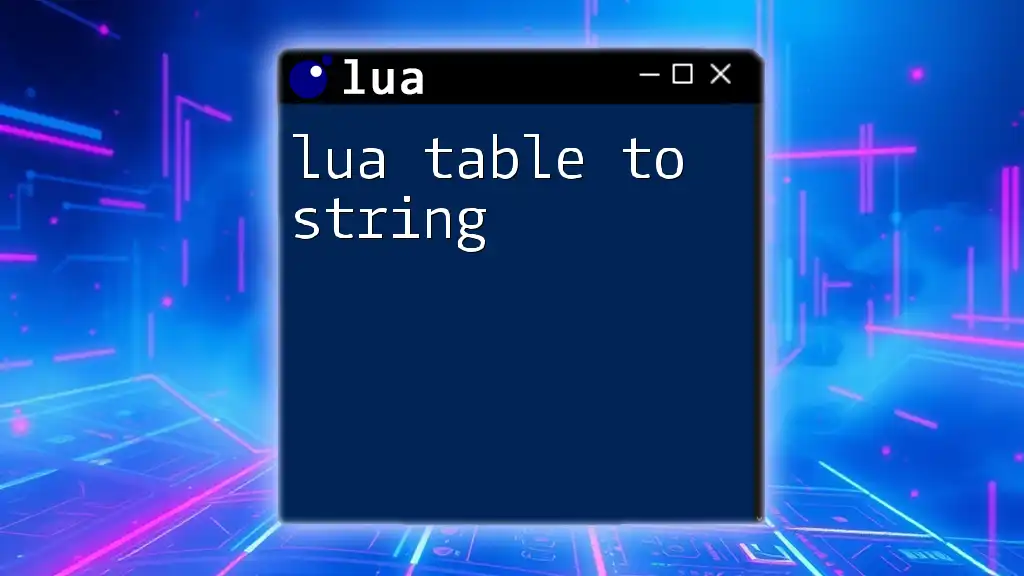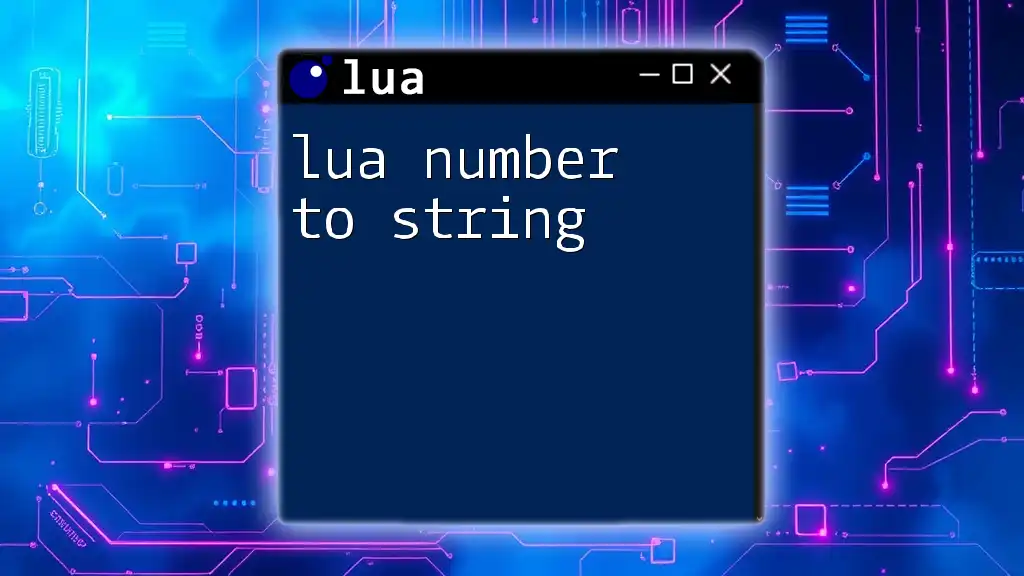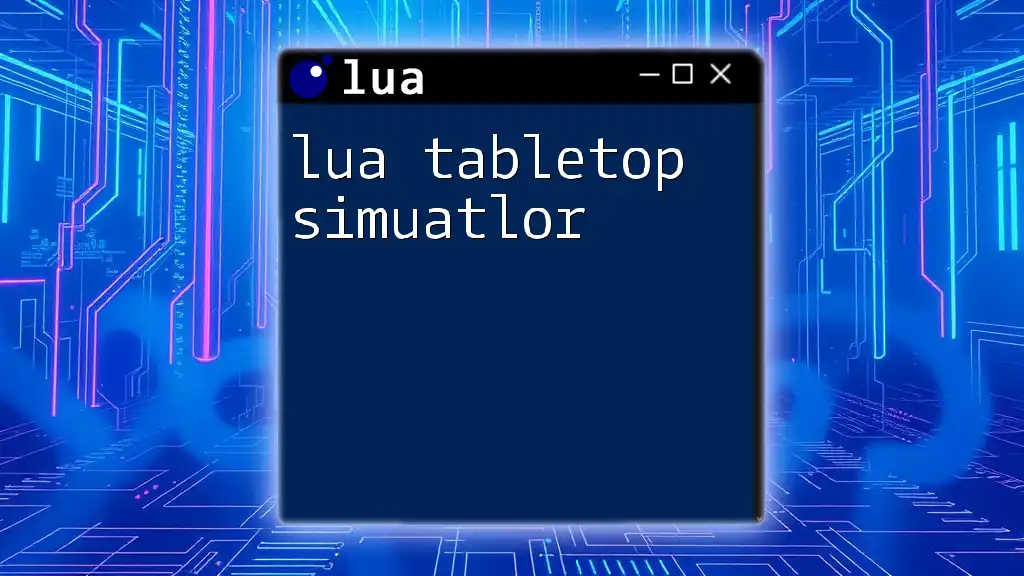Lua embedded systems are applications where the lightweight scripting language Lua is integrated into devices and software to enhance functionality and automate processes efficiently. Here's a simple Lua code snippet that demonstrates initializing a GPIO pin to control an LED:
gpio.mode(1, gpio.OUTPUT) -- Set GPIO pin 1 as an output
gpio.write(1, gpio.HIGH) -- Turn on the LED connected to GPIO pin 1
Why Choose Lua for Embedded Systems?
Lua is an excellent choice for embedded systems because it offers a unique combination of simplicity, performance, and modularity. Its lightweight nature allows developers to write compact and efficient code, which is crucial when working under strict resource constraints inherent in embedded environments. Furthermore, Lua's straightforward syntax makes it easy to learn, allowing developers to quickly adapt or integrate it into existing projects.

Understanding Embedded Systems
Definition of Embedded Systems
Embedded systems are dedicated computing devices that perform specific functions within larger mechanical or electrical systems. Unlike general-purpose computers, they are designed for particular control tasks and are integrated into devices like appliances, vehicles, medical equipment, and industrial machines.
Key Characteristics
-
Real-time Operation: Many embedded systems require timely and deterministic responses to stimuli, making real-time performance essential.
-
Resource Constraints: These systems are often limited in terms of memory, processing power, and energy, so they must be optimized for efficiency.
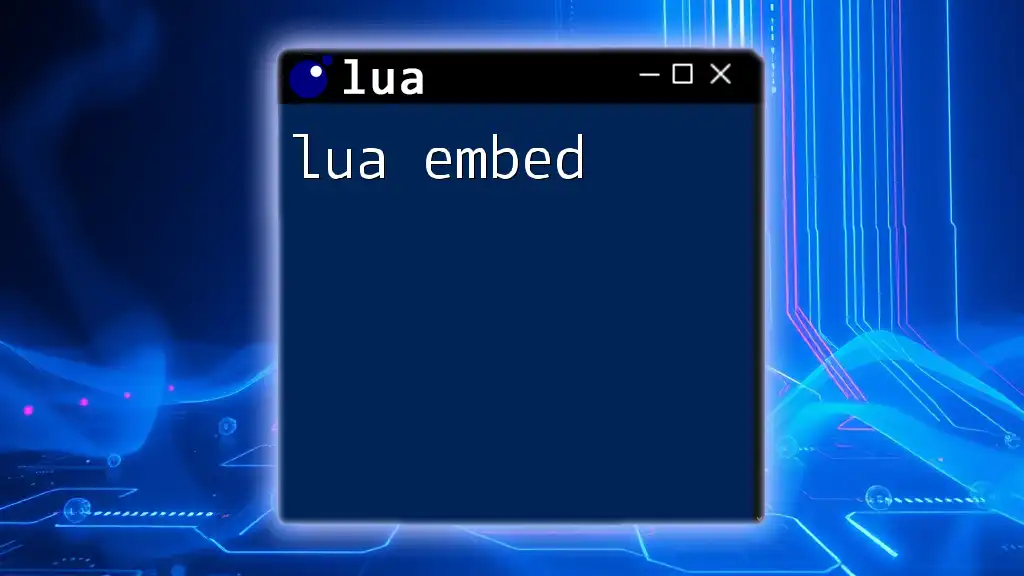
Overview of Lua
What is Lua?
Lua is a lightweight, high-level, multi-paradigm programming language designed primarily for embedded use. It excels in extensibility, making it a popular choice for applications where rapid adaptation is necessary.
Key Features of Lua
-
Ease of Learning: Lua’s simple syntax allows new learners to grasp programming concepts quickly. This feature is especially beneficial in embedded development environments, where quick prototyping is often required.
-
Fast Performance: Lua's efficient virtual machine provides performance that can rival compiled languages, which is particularly valuable in resource-limited environments.
-
Extensibility: Lua is highly adaptable and can be easily embedded into C/C++ applications, expanding its functionality and performance.
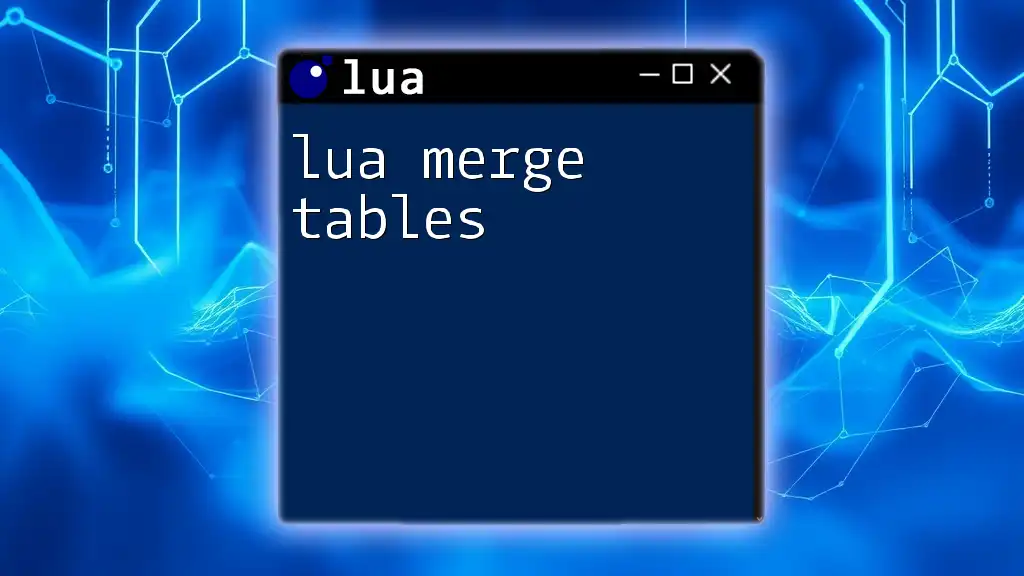
Setting Up Lua for Embedded Development
Toolchain Overview
When setting up your Lua embedded systems development environment, it’s crucial to select the appropriate toolchain. Consider using LuaRocks for package management, which simplifies the installation of necessary Lua libraries. A commonly used IDE is Eclipse with the "Lua Development Tools" plugin, which supports debugging and code completion.
Required Libraries
Utilizing libraries can significantly enhance your capabilities in Lua for embedded projects. Popular libraries include LuaRTOS for IoT applications and NodeMCU for microcontroller-based development. These libraries simplify hardware access and network communication.
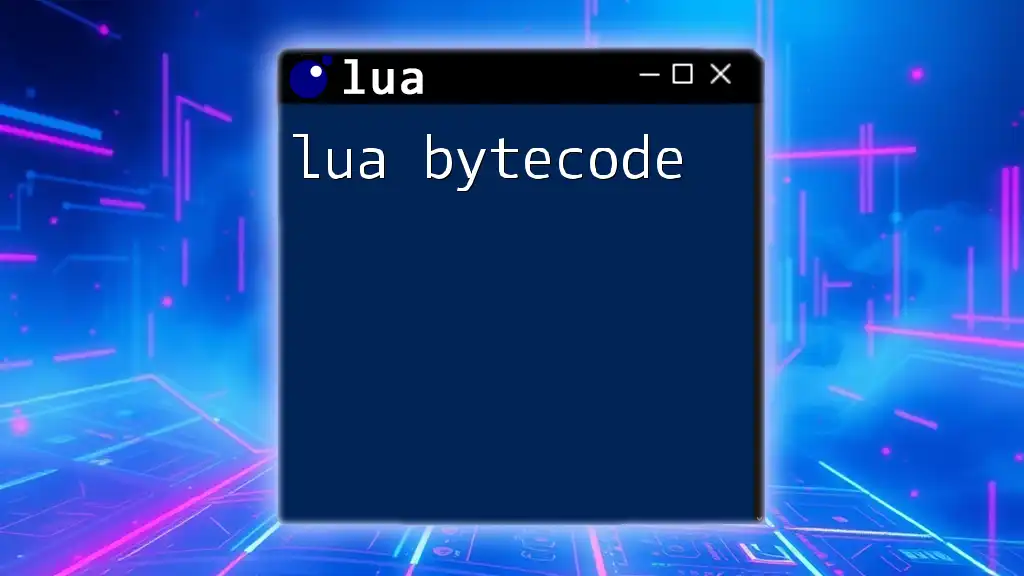
Programming in Lua for Embedded Systems
Basic Syntax and Structures
Understanding Lua's syntax is fundamental for programming embedded systems. Here are some essential elements:
- Variables and Data Types: Lua supports several basic data types, including numbers, strings, tables, and booleans. Below is an example of variable declarations:
local num = 5
local str = "Hello, Embedded World!"
- Control Structures: Lua’s control structures, such as conditionals and loops, help manage program flow effectively. The following example demonstrates a simple conditional statement:
if num > 3 then
print("Number is greater than 3")
end
for i = 1, 5 do
print(i)
end
Functions in Lua
Functions are essential for organizing your code. Here's how to define and use them:
- Defining and Calling Functions: You can create reusable code blocks in the form of functions:
function greet(name)
print("Hello, " .. name)
end
greet("User")
- Anonymous Functions and Callbacks: Lua supports anonymous functions, which can be advantageous in event-driven programming. For example:
local myFunction = function(x) return x * 2 end
print(myFunction(5)) -- Outputs: 10
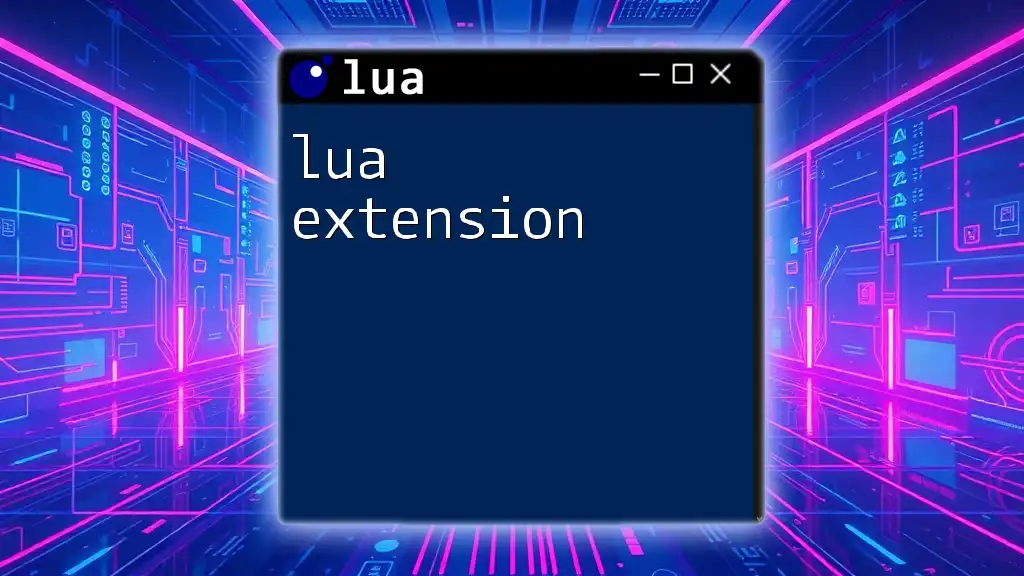
Integrating Lua with Hardware
GPIO Control
A common requirement in embedded systems is controlling GPIO (General Purpose Input/Output) pins. Below is a simple approach to access GPIO states:
-- Pseudocode for GPIO interaction
gpio.write(pin, gpio.HIGH) -- Set pin HIGH
local state = gpio.read(pin) -- Read pin state
Interfacing with Sensors
Lua can effectively interface with various sensors. For instance, using a temperature sensor could involve:
-- Pseudocode for reading temperature
local temperature = readTemperatureSensor(sensorPin)
print("Current Temperature: " .. temperature .. "°C")
Communicating via Protocols
I2C Communication
I2C (Inter-Integrated Circuit) is a popular bus protocol used with embedded systems. Here’s a code snippet for setting up I2C in Lua:
i2c.setup(0, sda, scl, i2c.SLOW) -- Initialize I2C
i2c.start(0) -- Begin I2C transmission
SPI Communication
SPI (Serial Peripheral Interface) is another protocol commonly used to communicate with devices. An example setup might look like this:
spi.setup(1, spi.MASTER, spi.CPOL_LOW, spi.CPHA_LOW, 8, 1)
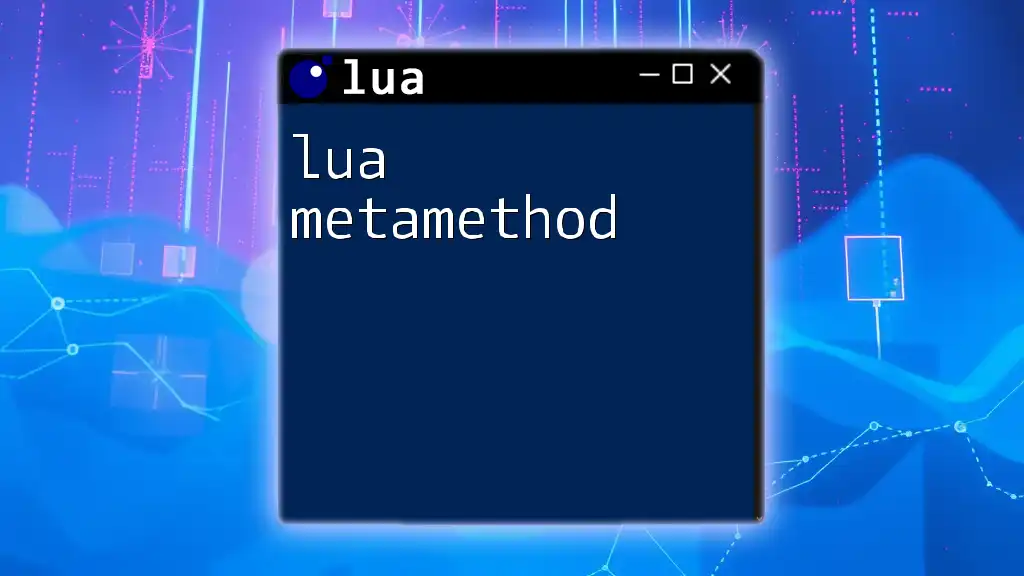
Best Practices for Lua in Embedded Systems
Memory Management
Effective memory management is crucial in embedded systems due to limited resources. Utilize Lua's garbage collection feature to mitigate memory leaks, ensuring your code remains efficient and responsive.
Debugging Techniques
Debugging in Lua can be streamlined with several practices, such as using `print()` statements for outputting variable states or employing more sophisticated debugging tools available within IDEs like Eclipse.
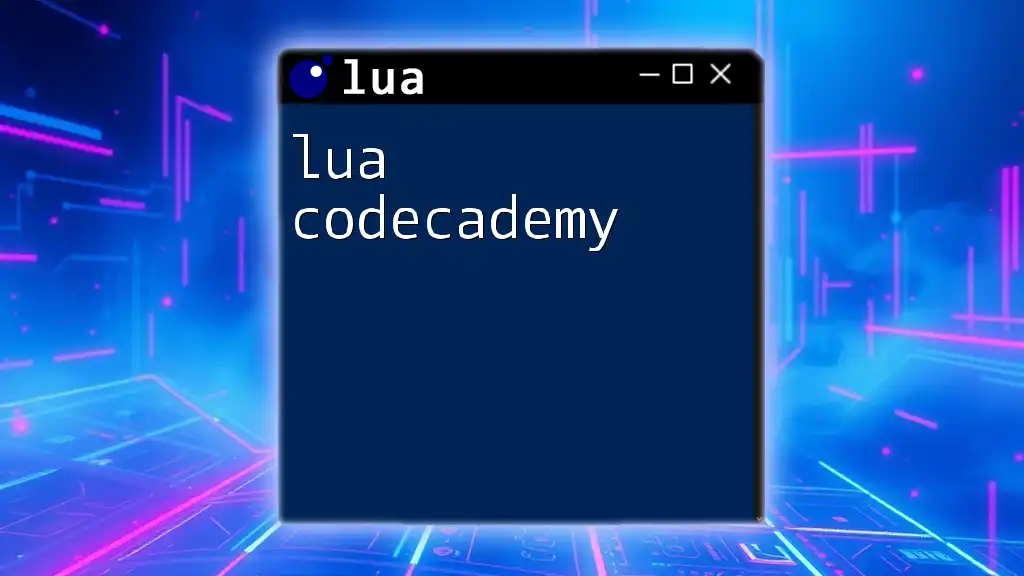
Case Studies
Example Project: Home Automation System
Consider establishing a home automation system using Lua. The basic outline could involve scripting to control lights and appliances through a web interface. The development process would include writing Lua scripts to read GPIO states while integrating networking capabilities via Lua libraries.
Industrial Use Case: Sensor Monitoring
In industrial settings, Lua can be utilized to monitor environmental changes via sensors. A typical implementation might involve using Lua scripts to collect data from sensors, transmit it via I2C, and process it to trigger specific actions based on predefined thresholds.
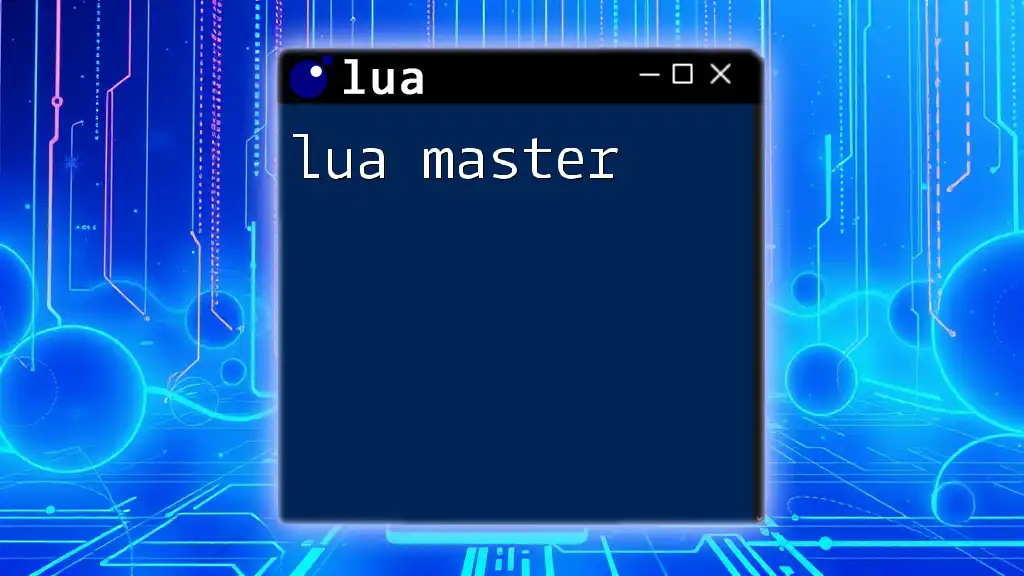
Conclusion
Using Lua embedded systems provides a powerful solution for developers looking to build efficient, responsive applications. Its lightweight nature, combined with ease of learning and integration capabilities, makes Lua an excellent choice for various embedded projects. As the demand for smart, connected devices continues to grow, Lua is likely to play a pivotal role in the future of embedded system development.
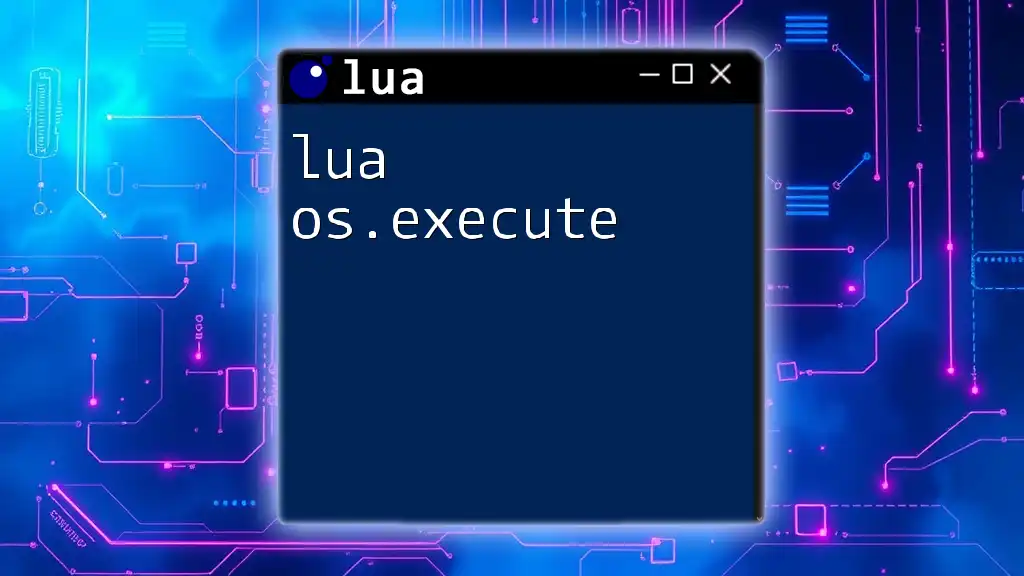
Additional Resources
Further information can be found in official Lua documentation, community forums, and Lua user groups, where you can deepen your understanding and engage with other Lua enthusiasts in the embedded systems realm.

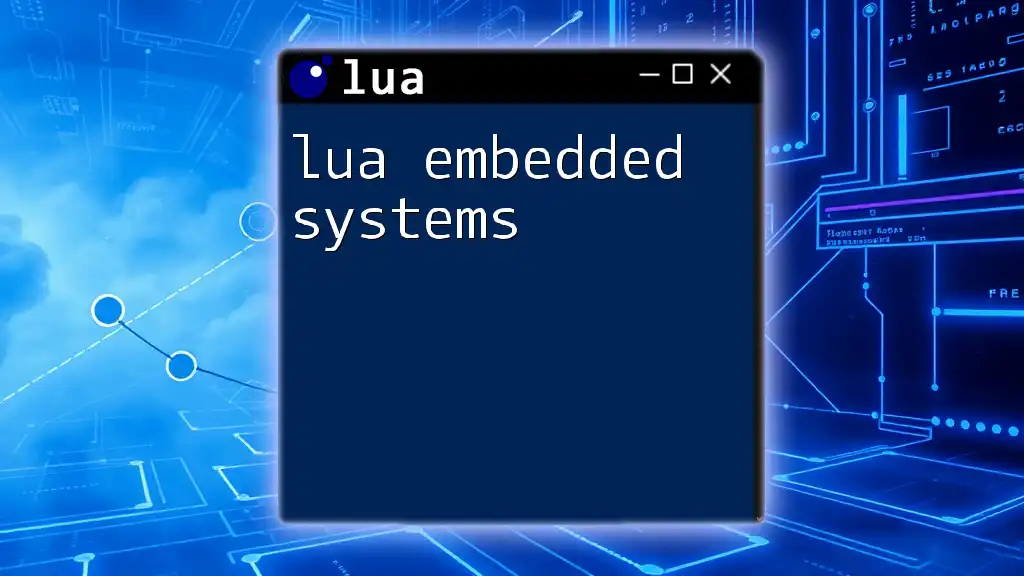





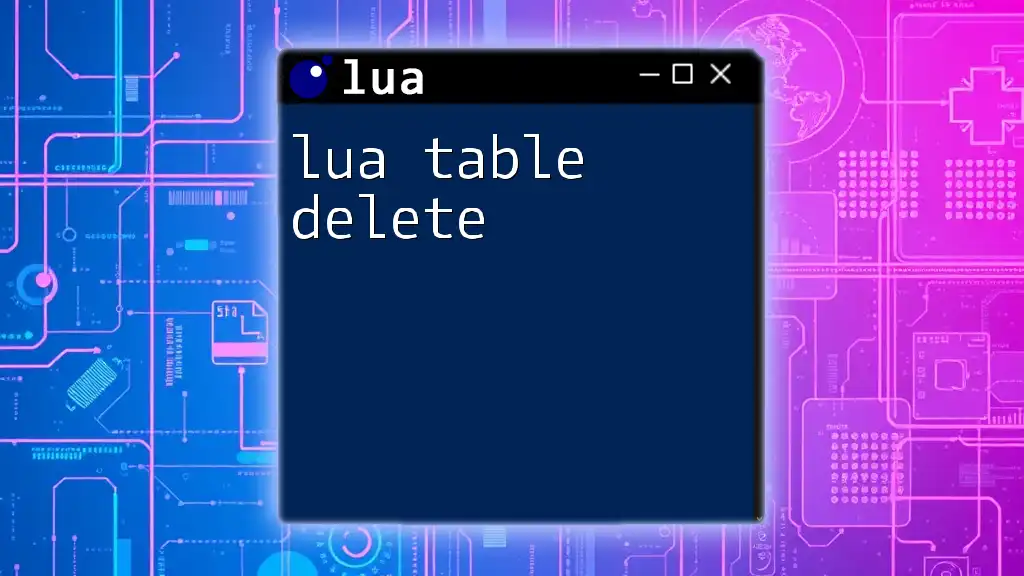
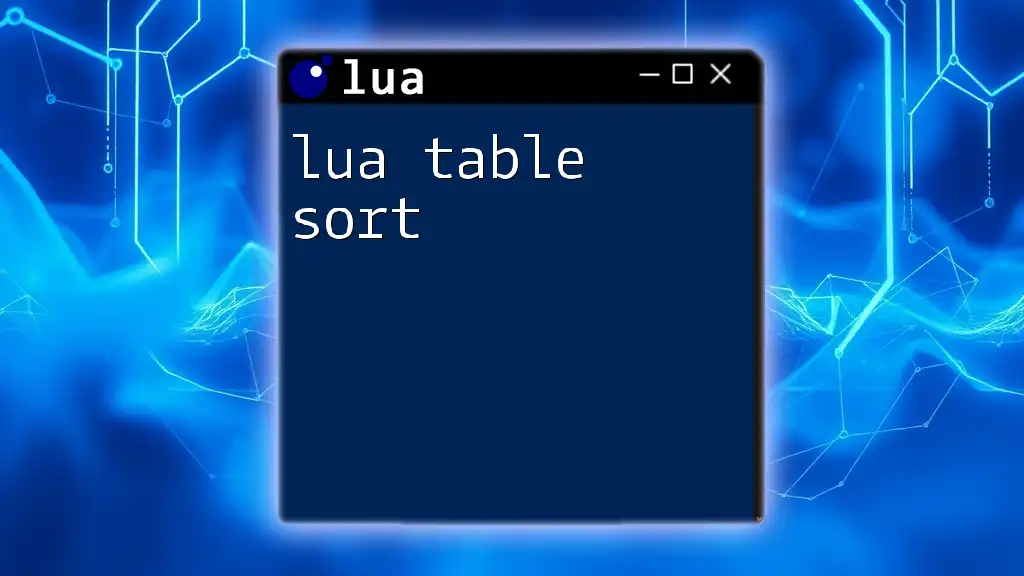
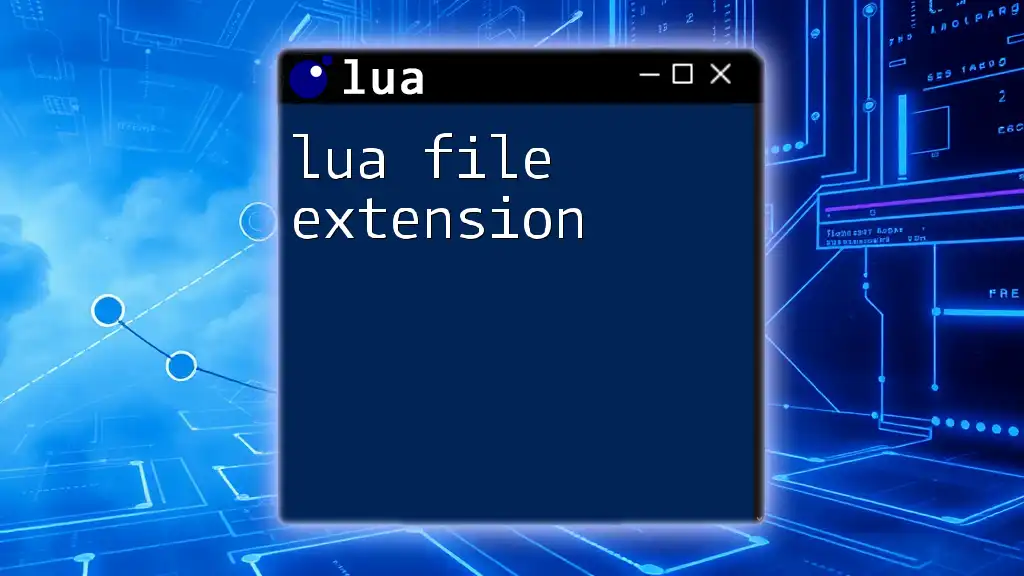

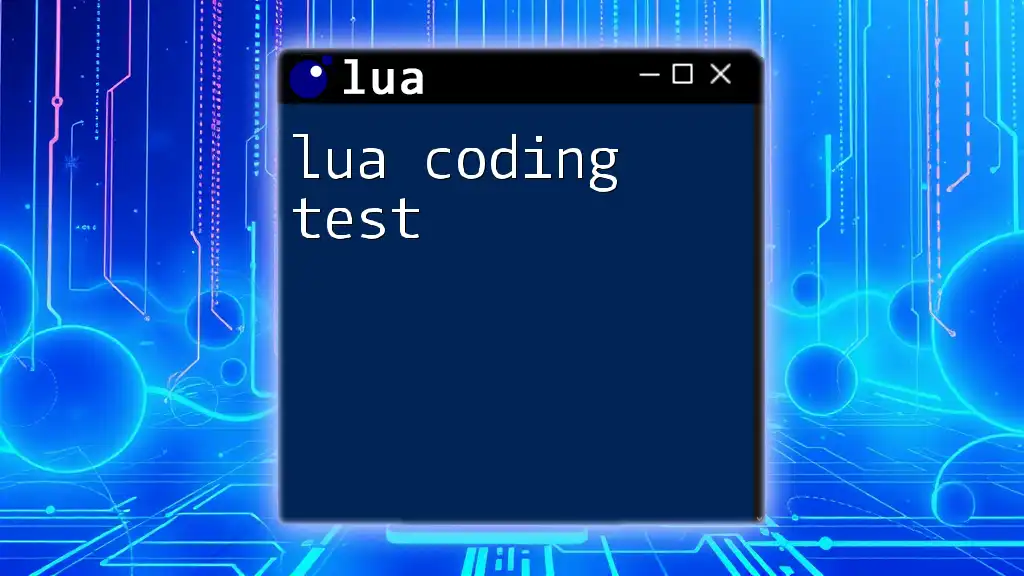
![lua Unexpected Symbol Near ' [Quick Guide] featured](/images/posts/l/lua-unexpected-symbol-near.webp)
